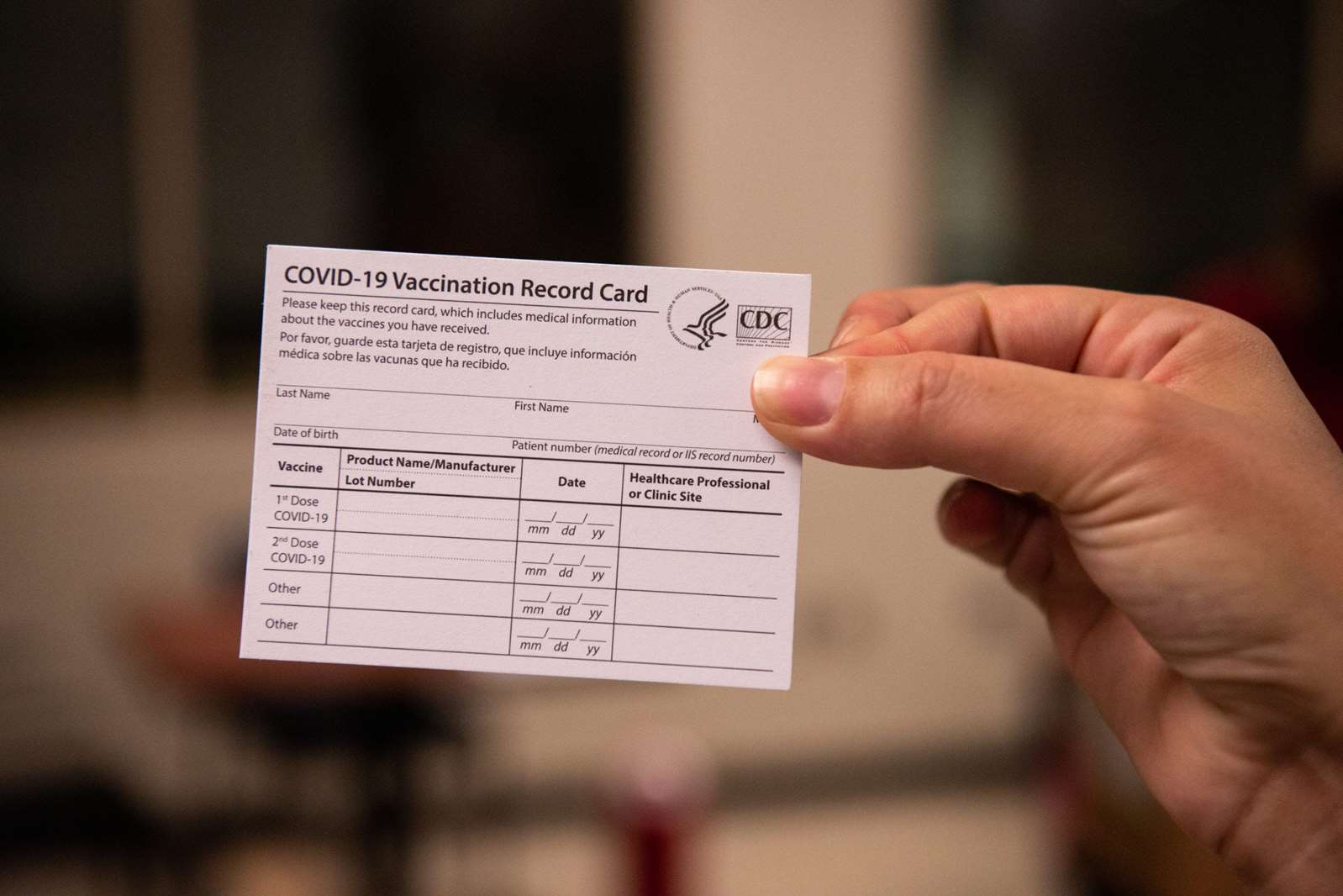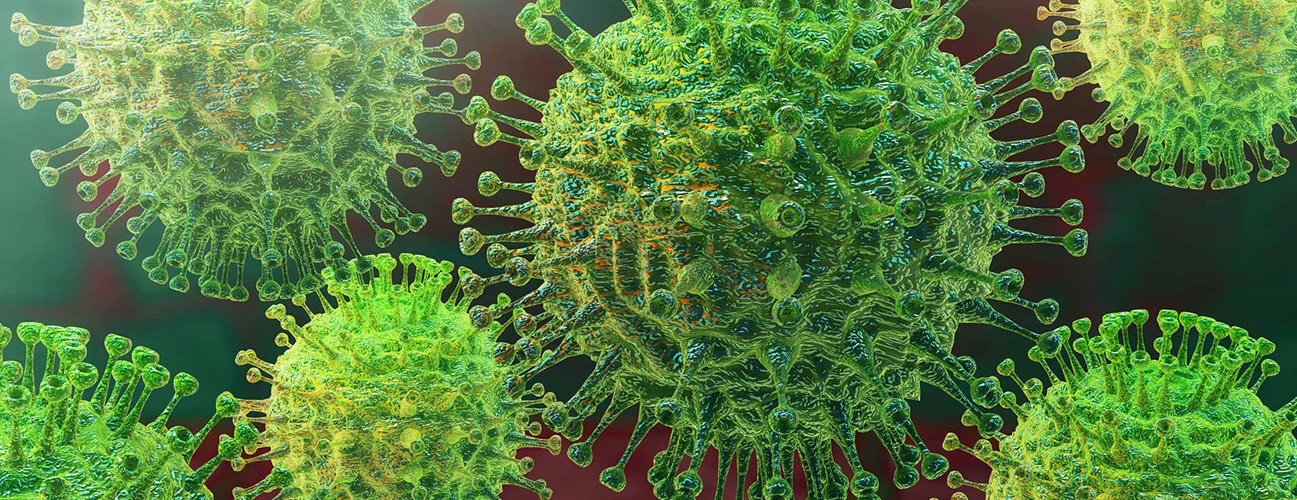Protecting Your COVID-19 Vaccine Card
As of April 15, 2021, every Californian 16 & up will be eligible for vaccination. When you’re fully vaccinated, you’ll receive a 3-by-4 inch vaccination card. You want to hold on to this cardstock because it is your ticket back to normal life. Airlines, concert venues, and more are considering whether or not proof of […]




